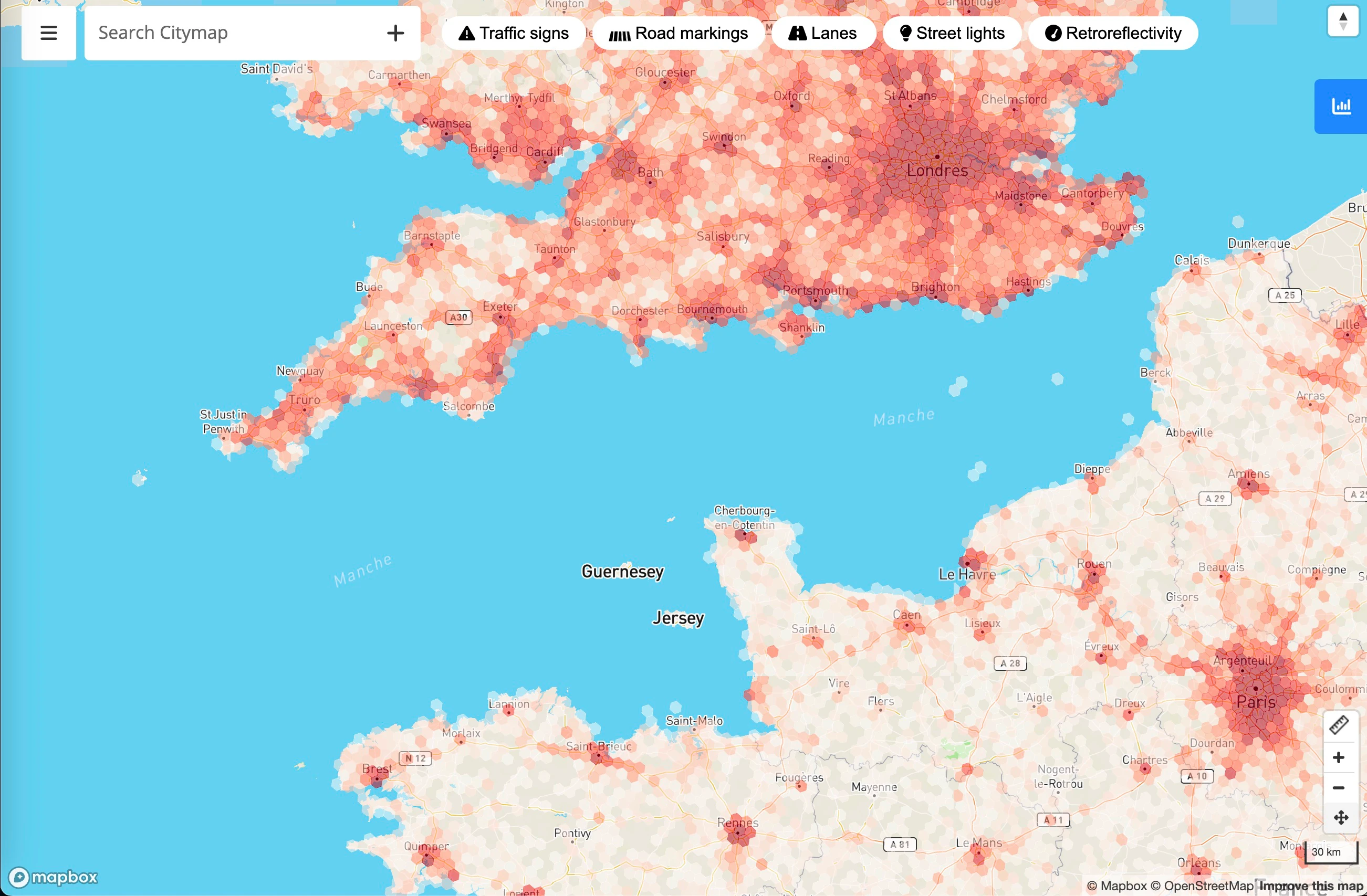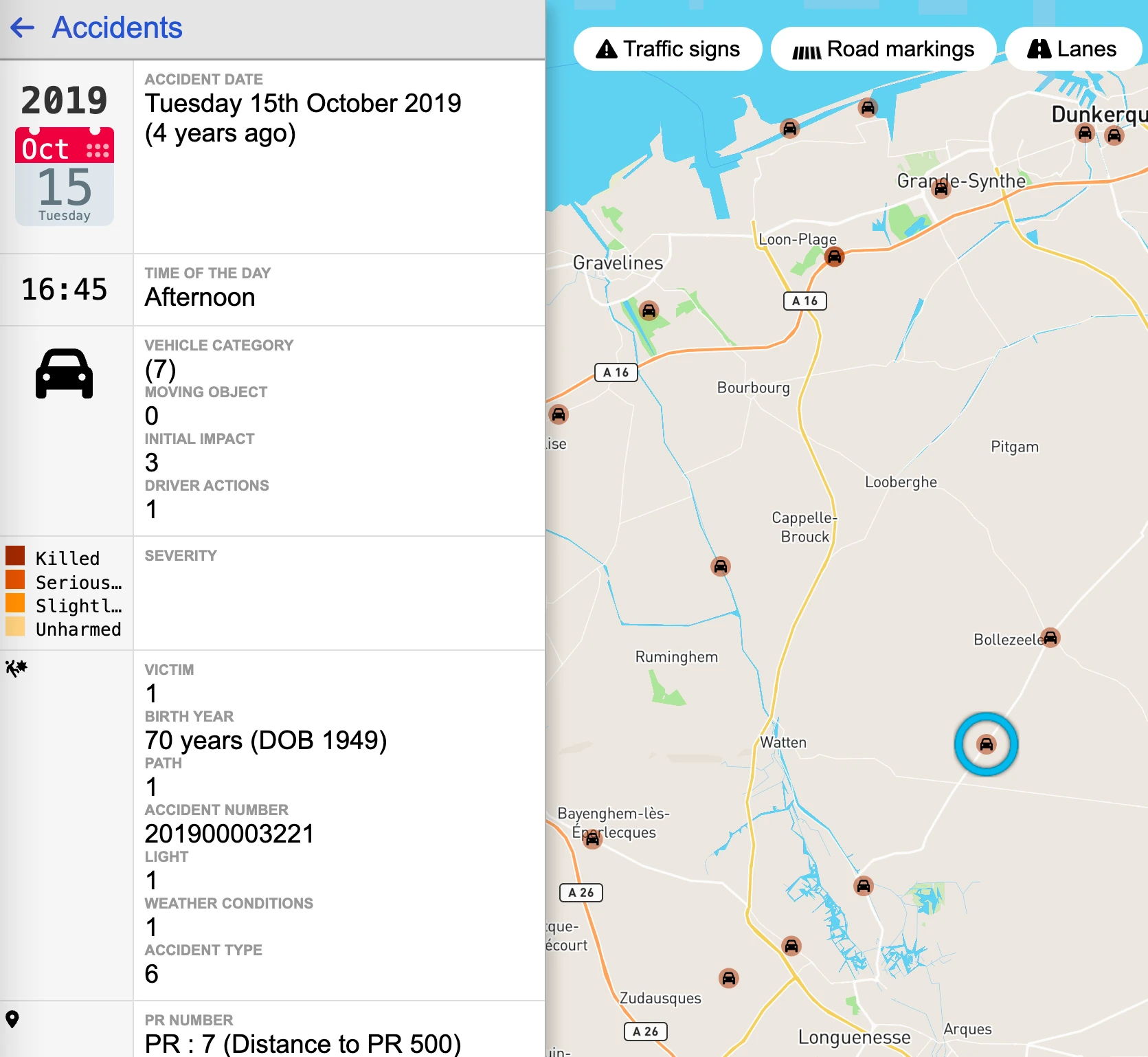Direct Epidemio-Statistics — We model risk events
We help SMEs and innovative companies leverage precise data, model and score risks, anticipate adverse events, and create value-driven services.
Our quantitative risk expertise
What is Direct Epidemio-Statistics' scope of intervention?
RISK-DET
Marker detection
Direct Epidemio-Statistics helps you discover risk markers, quantify their association with the target adverse event, and prioritize markers by probable importance. Our full expert engagement includes the following areas:
- selecting measurement instruments
- selecting comparison populations
- computing adverse-event frequency by marker
- comparing frequencies between groups
- estimating risk (effect size)
- estimating statistical significance (p-value)
- estimating precision (confidence intervals)
- summarizing key risk factors
Engagement elements
- on demand, PDF deliverable, 2–6 weeks
- proof of concept (PoC), 3–12 weeks
- integration into your systems, 2–6 weeks
- SaaS, 3–12 months
Extracts / client cases
RISK-360
360° analytics
Direct Epidemio-Statistics helps you observe and compare the characteristics of subjects or groups against other populations (subtyped, local, general). We help you explore your study subjects from multiple angles, notably via:
- tables and charts
- prioritized measurement instruments
- changing aggregation levels
- comparison across populations and periods
- report generation
Engagement elements
- on demand, PDF deliverable, 2–6 weeks
- proof of concept (PoC), 3–12 weeks
- integration into your systems, 2–6 weeks
- SaaS, 3–12 months
Extracts / client cases

RISK-SCO
Risk scoring
With risk scoring, Direct Epidemio-Statistics helps you evaluate the probability of adverse events given a spectrum of associated risk factors. Risk scores help anticipate adverse events and, as part of prevention, prioritize actions.
- measurement instruments specific to your specialty
- imputation of missing values (mean, k-NN, EM)
- implementation of standard scores for your specialty
- calibration of dedicated scores on your patient base
- confidence intervals indicating precision
- periodic or continuous score recalibration
Engagement elements
- on demand, PDF deliverable, 2–6 weeks
- proof of concept (PoC), 3–12 weeks
- integration into your systems, 2–6 weeks
- SaaS, 3–12 months
Extracts / client cases

RISK-REV
Case review
Direct Epidemio-Statistics helps conduct case reviews by characterizing typical subject profiles, highlighting risk factors and the probability of adverse events (multifactor scores). This consolidated, per-subject view helps choose the optimal treatment.
- subject history
- typical subject characteristics (baseline)
- risk factors (unifactor)
- risk scores (multifactor)
- selected treatment for the subject
Engagement elements
- on demand, PDF deliverable, 2–6 weeks
- proof of concept (PoC), 3–12 weeks
- integration into your systems, 2–6 weeks
- SaaS, 3–12 months
Extracts / client cases

RISK-RET
Case retrieval
Direct Epidemio-Statistics helps you retrieve, within subgroups or the overall population, cases that share the desired characteristics or resemble one of your subjects. Our work helps you:
- search by keywords
- search by categories or tags
- search by similarity to a subject
- compute synthetic metrics during search, such as adverse-event incidence rates
Engagement elements
- on demand, PDF deliverable, 2–6 weeks
- proof of concept (PoC), 3–12 weeks
- integration into your systems, 2–6 weeks
- SaaS, 3–12 months
Extracts / client cases
